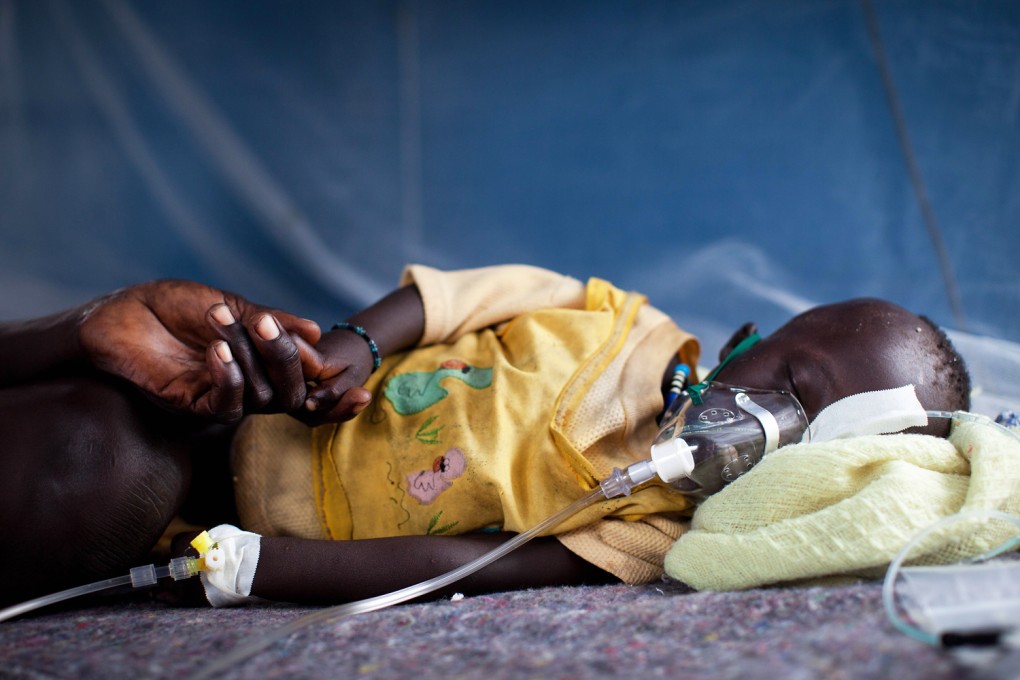Fighting malaria requires the same forces that brought about prosperity
Woochong Um says only a concerted regional effort can fight the disease

When the powerful antimicrobial medicine quinine came to Europe in the 1600s, it changed history. Religious leaders, royalty and the fortunate few who could obtain it often recovered from the mysterious bone-shaking chills and fever of the little-understood affliction called malaria.
The bitter powder was later mixed with sweet water to form tonic and topped off with gin. The quinine-laced gin and tonic cocktail was seen by some as a miracle cure for malaria.
Though quinine has been used successfully for centuries, it has not been a miracle cure.
More than 200 million people in nearly 100 countries contract malaria each year. An estimated 655,000 people are killed annually. A heartbreaking 86 per cent of these deaths are children whose fragile immune systems cannot withstand the powerful parasite.
More than 200 million people in nearly 100 countries contract malaria each year
Though Africa is hit hardest by malaria, communities and families throughout Asia are also suffering. An estimated 36 million people in the region are infected each year, causing about 49,000 deaths. India, Indonesia, Pakistan, Myanmar and Papua New Guinea see the most infections.
Prosperous countries have defeated malaria. Aggressive monitoring, prevention and treatment have essentially run the once common disease out of North America and Europe - clearly illustrating that malaria can be conquered.
